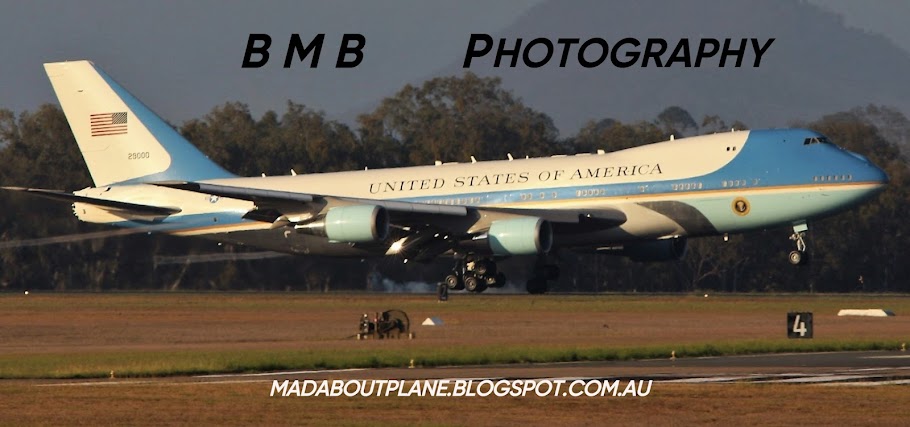 |
GATE- BRITISH AIRWAYS B747-436 G-CIVD (CN 27349)
TAXIING- BRITISH AIRWAYS B747-436 G-CIVF (CN 25434)
|
Four days after Brisbane said "goodbye" to Qantas's last 747 Jumbo, British Airways have announced they will retire its entire fleet of Boeing 747 airplanes, citing the travel downturn and the aircraft’s high operating costs as the main contributor to the decision. The decision marked not just the finish of a storied plane’s service with the company but also symbolized the end of an era of aviation in which the next generation of planes was always expected to be bigger, as well as better. Even 50 years after their introduction, the sight of 747s gliding into their docks, dwarfing other planes, could evoke a thrill in the most jaded of travellers. The world’s first jumbo jet, known as the “Queen of the Skies,” revolutionized travel for the masses, but in recent years it had fallen out of favour with a number of airlines because of the costs. The final commercial flight of a Boeing 747 by an American carrier took place at the end of 2017. But British Airways had held on, operating the world’s largest fleet of the planes, with 31 in service. A handful of other commercial carriers still fly the 747, though their use is expected to further dwindle in the coming years. “It is with great sadness that we can confirm we are proposing to retire our entire 747 fleet with immediate effect,” British Airways said in a statement. “It is unlikely our magnificent ‘Queen of the Skies’ will ever operate commercial services for British Airways again due to the downturn in travel caused by the Covid-19 global pandemic.” When the Boeing 747 began service in 1970, it was the height of modern travel technology, with room for 27 first class and 292 economy class passengers. Its iconic, humped upper deck, equipped with a lounge, or “club in the sky,” became synonymous with luxury travel. Fuel costs in 1970 were so negligible that they were barely a factor in the airlines’ financial strategies. In recent years, advances in technology made the four-engine 747 far pricier to operate than modern twin-engine planes. The move is especially poignant for British Airways, which received its first Boeing 747-400 in 1989 and its last in April 1999.
 |
| BRITISH AIRWAYS B747-436 G-BYGC (CN 25823) |
The predecessor of British Airways, BOAC, began flying versions of the 747 in the early 1970s. At the height of the craft’s deployment, British Airways had 57 of the jumbo jets and was the second-biggest operator of the planes, after Japan Airlines, which had more than 100 in its fleet. Some commercial carriers still operate passenger flights on the 747, including Thai, Air China, Korean Air and Lufthansa. A number of companies, including UPS and Cathay Pacific, use the 747 freighter to transport cargo. Other airlines have also recently retired their fleets, including our very own Qantas of Australia, which accelerated plans to do so because of the coronavirus pandemic and held had a series of farewell flights for the last of its 747s last week. Their final 747 VH-OEJ) will depart Sydney next Wednesday the 22nd and will be stored in the Mojave Desert in California.

No comments:
Post a Comment